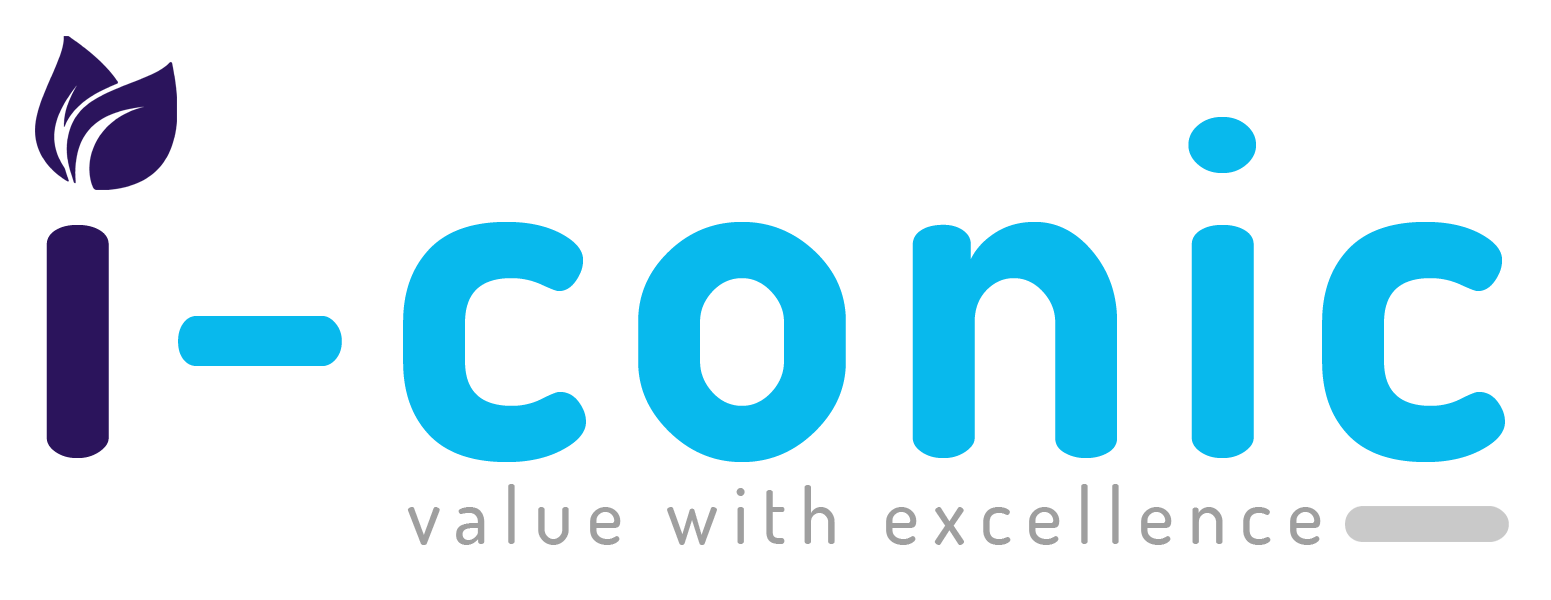Financial stability is of paramount importance for healthcare providers in the healthcare landscape. The process of managing revenue in the healthcare industry is a complex and intricate one. This is where Revenue Cycle Management (RCM) comes into play. In this blog, we will delve into the world of healthcare RCM, its significance, and the key steps involved in the process.
Healthcare Revenue Cycle Management (RCM) is the strategic and systematic process that healthcare organizations use to manage financial transactions, from patient registration to final payment collection. It encompasses the entire patient journey, ensuring that healthcare providers receive the compensation they are owed for their services.
Why Is RCM Important?
Effective RCM is crucial for healthcare providers for several reasons:
- Financial Stability: RCM ensures a steady and predictable cash flow, helping healthcare organizations maintain financial stability.
- Compliance: It helps providers adhere to complex healthcare regulations and billing guidelines, reducing the risk of non-compliance.
- Efficiency: RCM streamlines administrative processes, reducing operational costs and improving efficiency.
- Patient Satisfaction: A well-managed revenue cycle leads to accurate billing and fewer disputes, enhancing patient satisfaction.
- Data-Driven Decisions: RCM generates valuable data and insights that can be used for informed decision-making.
Revenue Cycle Steps
The healthcare revenue cycle consists of several key steps that must be managed efficiently:
10 Steps of the Revenue Cycle Management Workflow
- Patient Registration and Insurance Eligibility: The process begins when a patient registers for services. Verification of insurance eligibility is crucial to determine coverage.
- Encounter, Coding, and Charge Capture: Healthcare services provided during a patient’s visit are documented, coded, and charges are captured for billing.
- Claim Scrubbing and Submission: Claims are reviewed for accuracy and completeness before being submitted to insurance companies.
- Claim Status Inquiry: Providers track the status of submitted claims to ensure timely processing.
- Remittance Advice: This is the explanation of payments received from insurance companies. Providers reconcile payments with billed charges.
- Denials and Appeals: If a claim is denied, providers investigate the reason and may file appeals if necessary.
- Payment Posting: Payments received from insurance companies and patients are posted to the patient’s account.
- Patient Statements: Patients are billed for any remaining balances after insurance payments.
- Patient Follow-Up: Follow-up actions are taken to collect outstanding patient balances.
- Payments: Final payments are collected from patients and insurance companies.
Read More: https://i-conicsolutions.com/medical-billing-problems-and-their-solutions%ef%bf%bc/
Automating Revenue Cycle Management
With the advancement of technology, many healthcare organizations are opting to automate various aspects of the revenue cycle. Automated systems can reduce errors, speed up processes, and improve accuracy.
Revenue Cycle Management Analytics and Goals
Analyzing data generated throughout the RCM process is vital. By setting and monitoring key performance indicators (KPIs), healthcare providers can measure their RCM performance, identify bottlenecks, and make informed decisions for improvement.
How I-conic Solutions Can Help Manage Your Revenue Cycle
I-conic Solutions is at the forefront of healthcare RCM technology. With our cutting-edge software and expertise, we provide healthcare providers with the tools they need to streamline their revenue cycle, maximize revenue, and minimize administrative burdens.
In conclusion, healthcare Revenue Cycle Management is a multifaceted process that plays a pivotal role in the financial health of healthcare providers. By effectively managing each step in the revenue cycle and leveraging technology and analytics, healthcare organizations can optimize their revenue and provide quality care to their patients.
Incorporating automation and partnering with industry leaders like I-conic Solutions can help healthcare providers navigate the complex world of revenue cycle management, ensuring financial stability and compliance in an ever-changing healthcare landscape.
RCM is not just a financial process; it is an integral part of delivering quality healthcare services. Effective management of the revenue cycle ensures that healthcare providers can focus on their core mission – providing excellent patient care – while maintaining financial stability in an ever-evolving healthcare landscape.
Check Now: https://i-conicsolutions.com/revenue-cycle-management-services/






